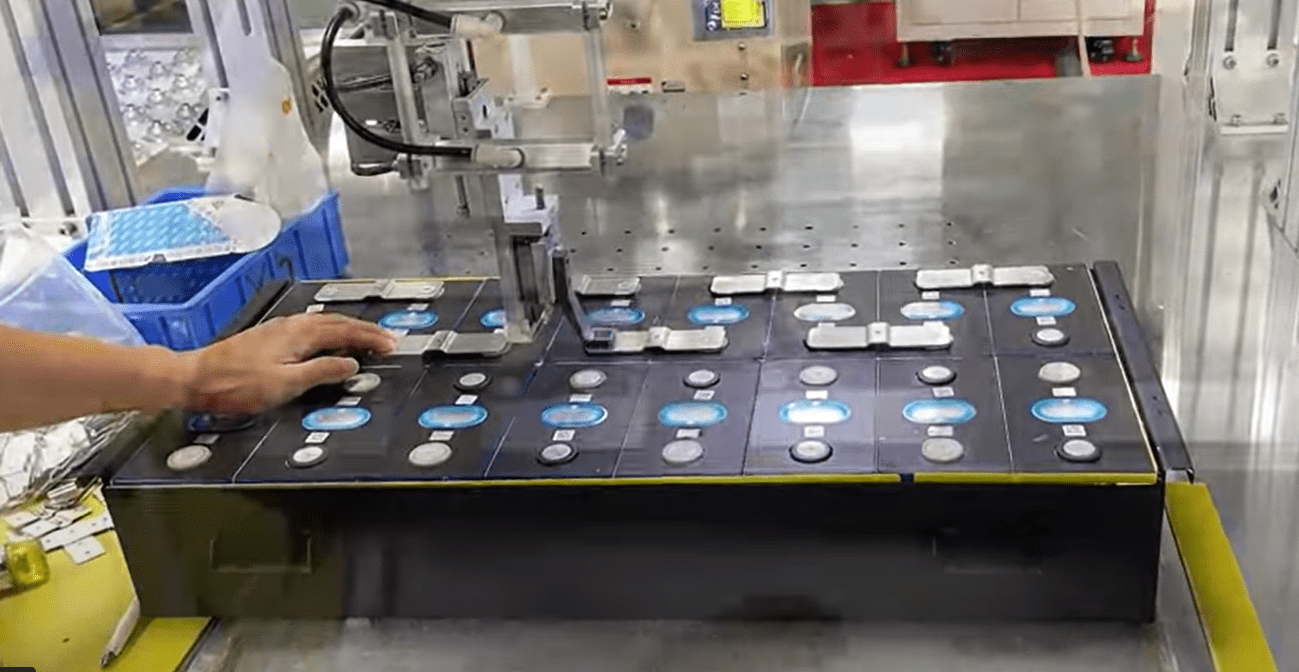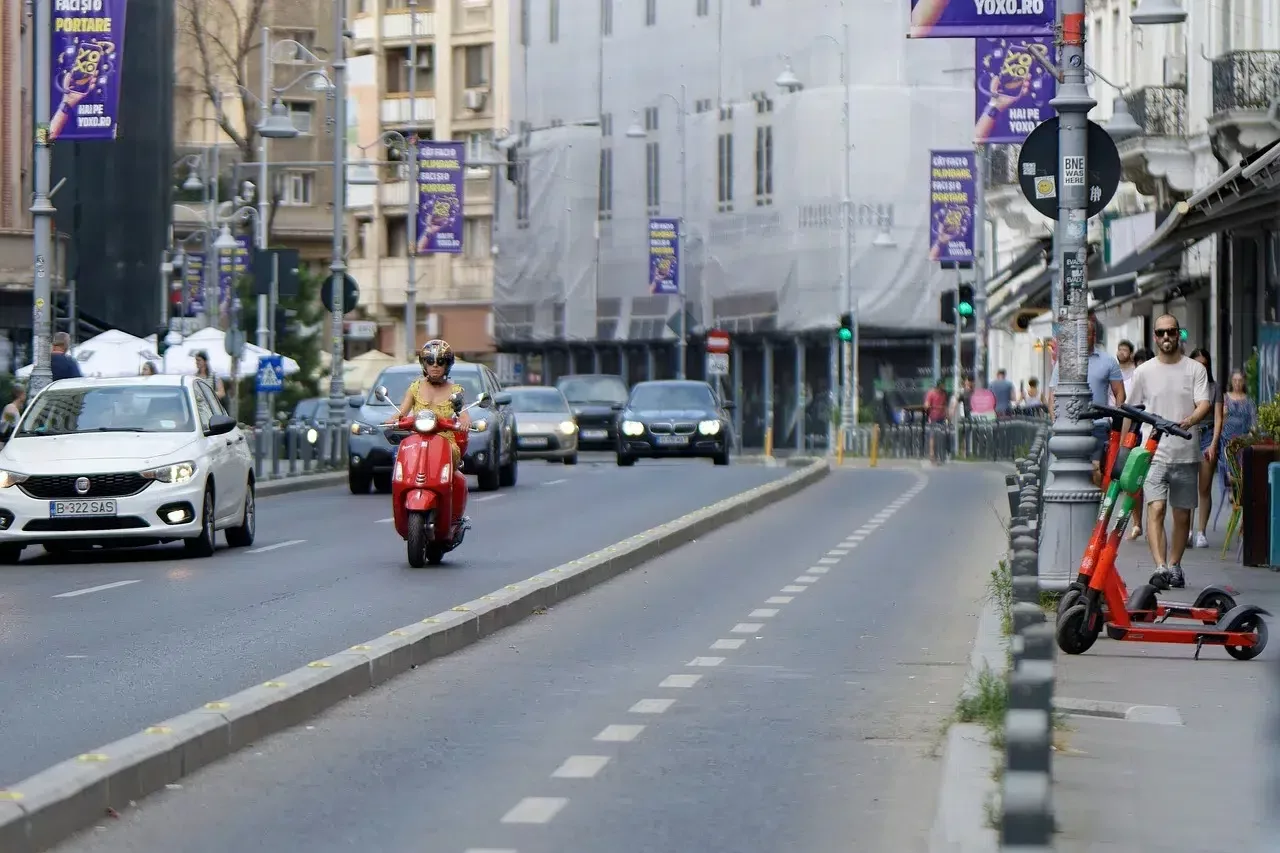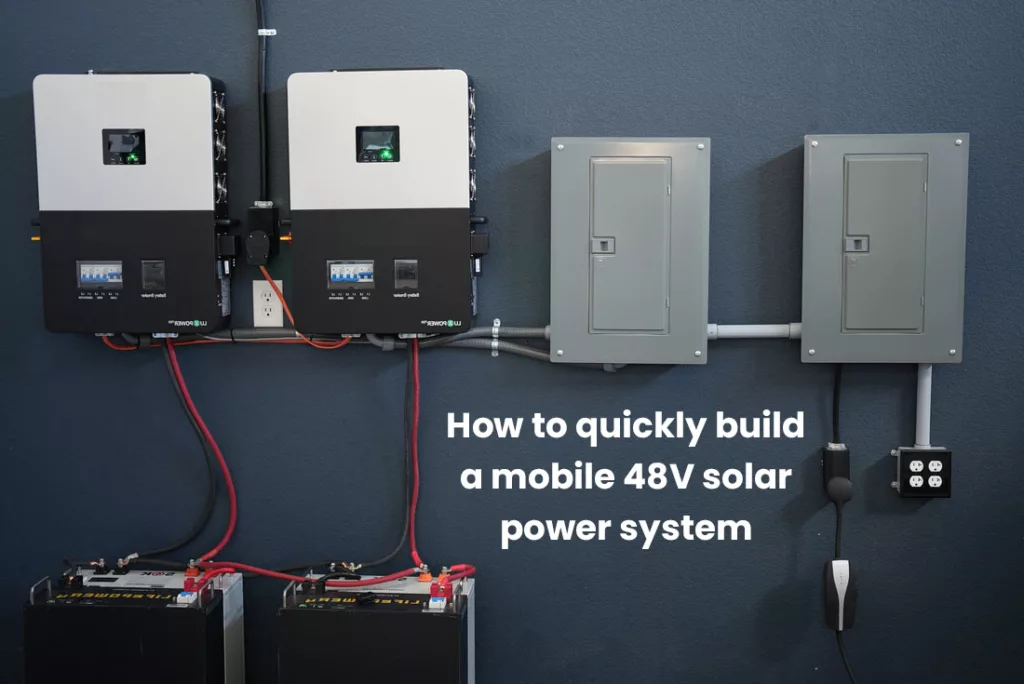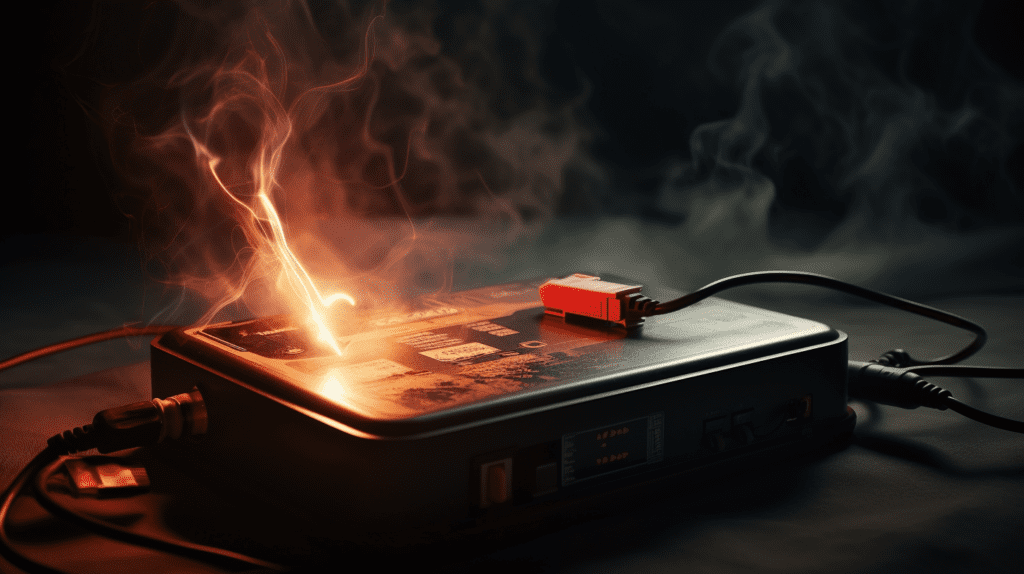Electric bikes (e-bikes) have gained popularity for their eco-friendly and efficient transportation options. To upgrade your e-bike and extend your riding range, building a custom 72V 180Ah battery pack can be an exciting project. In this article, we’ll guide you through the process of creating a powerful battery pack using readily available components.

Materials Needed:
Batteries: You’ll require 20 ternary lithium-ion batteries, each with a voltage of 3.6V and a capacity of 180Ah. These batteries will be connected in series to create the desired 72V output.
Battery Management System (BMS): A 20 series lithium battery solution BMS with a 100A rating and Bluetooth capability is essential. The BMS ensures the safe and balanced charging and discharging of your battery pack.
Battery Shell: Obtain a sturdy battery shell made of 1.2mm thick iron. The dimensions should be approximately 700mm x 350mm x 217mm to house all the batteries and electronics securely.
Isolation Material: Epoxy resin board in yellow will be used as isolation material. You’ll need several sheets to insulate and separate the batteries to prevent any short circuits.
Tape: Fiber tape with a width of 30mm will be used for securing and bundling wires and components.
Connecting Sheet: Aluminum sheets made of 1060-grade material with a thickness of 1.5mm will be used as connectors. You’ll need 21 pieces to connect the batteries in series.
Steps to Build Your 72V 180Ah Battery Pack:
Safety First: Before you begin, ensure you have the appropriate safety gear, including gloves and safety glasses, as working with batteries can be hazardous.
Plan the Layout: Lay out your battery shell and plan where each battery will be placed. Make sure they are properly aligned and spaced to prevent overheating.
Prepare the Batteries: Connect the 20 lithium-ion batteries in series. This will give you the desired 72V output. Use the aluminum connecting sheets to link the positive terminal of one battery to the negative terminal of the next, and so on. Ensure these connections are secure and well-insulated.
Install the BMS: Mount the BMS inside the battery shell. Connect it to the battery pack and ensure all the wires are properly insulated.
Arrange Insulation: Place the epoxy resin board between each battery to isolate them from one another. This prevents short circuits and enhances safety.
Secure the Battery Pack: Carefully place the battery pack inside the battery shell. Ensure that it fits snugly and doesn’t move around.
Wiring: Connect the BMS to the battery pack, ensuring the correct polarity and secure connections. Use fiber tape to bundle and secure the wires neatly.
Final Checks: Before closing the battery shell, double-check all connections and insulations to ensure there are no loose wires or exposed terminals.
Seal the Battery Shell: Close and secure the battery shell tightly. Ensure it is sealed properly to prevent any moisture or dust from entering.
Test the Battery Pack: With the battery pack assembled, test it to ensure it is functioning correctly. Use a compatible charger and monitor the voltage and temperature during charging.
Conclusion:
Building a custom 72V 180Ah battery pack for your electric bike can significantly extend your riding range and enhance your e-bike experience. However, it’s essential to prioritize safety throughout the construction process and to follow manufacturer guidelines for your specific battery and BMS. With the right components and careful assembly, you can enjoy longer rides on your electric bike with confidence.




